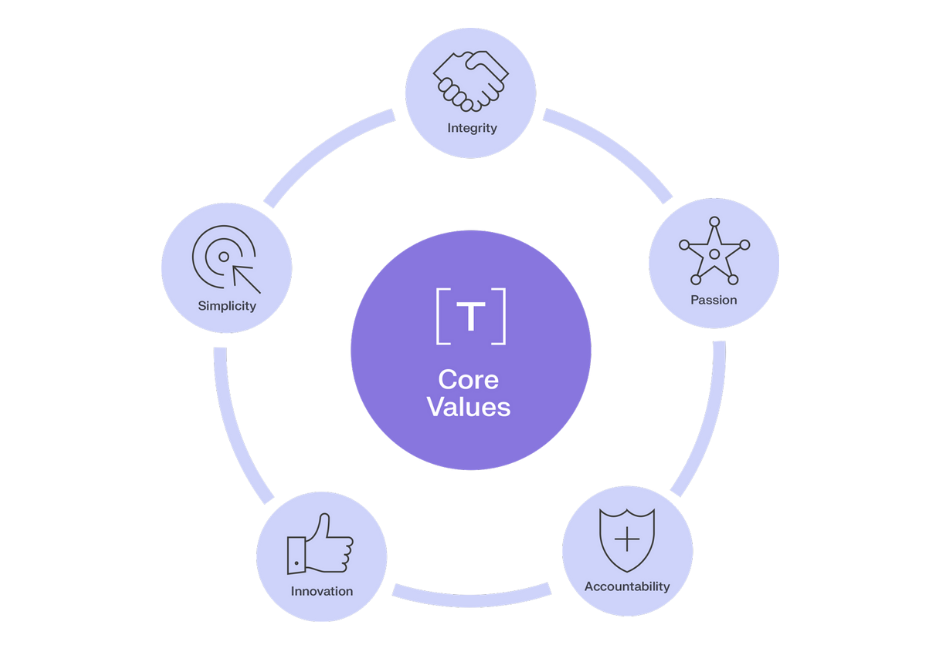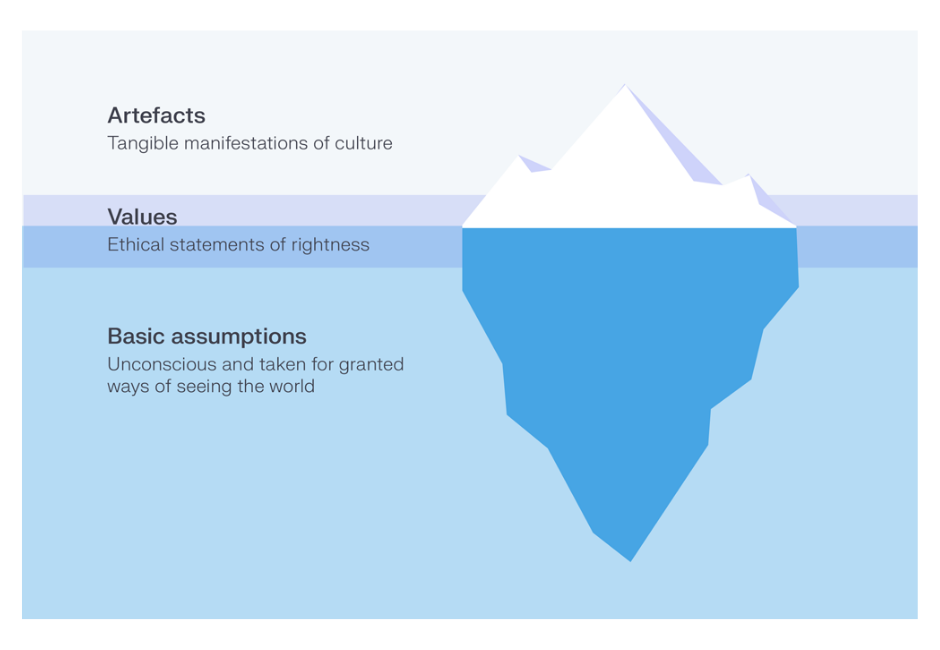Written by Kate Pritchard
Company culture is vital to the success of every organization. Understanding your culture and ensuring it matches your objectives, values and the needs of your people and customers is therefore crucial.
Before the pandemic many companies were already focusing on changing their cultures. In an evolving world they wanted to ensure that they were more diverse, inclusive, and were able to operate more flexibly and effectively. The overnight switch to remote working caused by COVID has brought additional cultural challenges for businesses.
As we move to a new world of work, how can organizations ensure they have the right culture in place to thrive? To help we’re writing a series of blogs on the subject of company culture. This first article introduces the topic and explains the meaning of key terms, and will be followed by:
- Culture in the new world of work – challenges and opportunities
- Employee Experience and its impact on company culture
- How to measure and transform culture
What is company culture?
A short definition of culture is “the ways things are done around here”. It is the shared values, attributes and characteristics of an organization. Culture covers how people behave and the prevailing attitude to managers, colleagues and customers. Defining company culture is therefore vital to success.
Sometimes the reasons for particular behaviors and attitudes will be understood and explicit. However, equally they can be unconscious, reflecting existing biases and experiences. For example, take an organization where the customer service team is judged solely on the throughput of calls they respond to and the sales team is incentivized on the short-term volume of sales they make. Both of these are likely to lead to a culture where customers are seen as commodities, where there’s no attempt to build long-term customer relationships.

Why is it important in a new working environment?
Company culture can be the difference between organizational success or failure. A poor/toxic culture has been blamed for many corporate scandals, from the VW Dieselgate emissions scandal to allegations of 105 hour working weeks at Goldman Sachs. Equally many highly successful organizations are built on a clear, differentiated and healthy culture…
No wonder that as management guru Peter Drucker famously said, “Culture eats strategy for breakfast.”
Essentially any strategy that fails to take culture into account is likely to fail. Being seen as having a toxic culture impacts reputation and causes talented staff to leave, while putting off new joiners, sp the company loses the skills it needs to succeed. Stagnant cultures mean that companies won’t evolve to meet changing customer needs, risking their survival.
A strong, positive culture helps staff – and businesses – thrive. Employee engagement is higher and people work more productively.
As culture consultant Andrew Cocks points out, “In hybrid working there is much more emphasis about being proactive about culture. You can’t let culture drift. You must use the right behavioral levers otherwise people will do their own thing.”
How is corporate culture created?
Company culture is unique to every organization and it is shaped by people, processes, history and location. It is much more than the physical environment – you cannot fix a poor culture by offering free lunches and table football.
Management thinker Edgar Schein explained culture through his iceberg model. The tangible results of culture that are seen (artefacts) are much smaller and less important than the unconscious basic assumptions that are invisible when studying culture.
Organizational culture can be formed in two ways. It can be set clearly through the behavior and strategy of senior leaders and management. They achieve this by explaining and model how they expect things to be done.
Alternatively, if culture is not created from the top it will develop organically in an unplanned way. This will be out of management control, with no link to company objectives.
Ensuring the same culture is enforced across a large, geographically diverse organization can be hard.
Setting culture is a multi-stage, ongoing process:
- It starts with senior management/the board defining a culture that fits with business objectives, mission statement and strategy. Look at what sort of culture you want.
- For example, should it primarily be innovative, inclusive or focused on another attribute? This must also include input from staff. If senior managers define a culture that is very different from what employees expect, then attempts to change it may well fail.
- This needs to then be translated into the behaviors and employee experience that will match and reinforce the desired culture. It must be supported by senior management, and shown through their behavior – otherwise employees will not buy-into it themselves.
- This change in behavior needs to be made real at a local, team level, which means it needs to be simple and understandable to all.
- Measure how aligned the organization is with the culture through surveys. What behaviors are you currently incentivizing and do they fit with your cultural aims?
- Based on this feedback look at the barriers to change. How can we remove them and incentivize the desired behaviors that support your culture?
- Keep measuring regularly to drive constant improvements.

Why do companies need to change their cultures post-lockdowns?
Prior to the pandemic three key trends were driving a need for businesses to better understand and change their cultures.
- Firstly, many organizations, particularly traditional ones such as banks and retailers, were facing rapid change. This was due to new competitors, new customer needs and new channels, such as digital.
- Secondly, they understood the need to become more diverse and inclusive to recruit, keep and get the best out of the wide range of talents necessary to succeed in a fast-moving, skills-based world.
- Thirdly, a growing number of employees, particularly from Generation Y and Generation Z, expect the businesses they work for to have an inspiring purpose. They want them to be focused on the greater good, beyond simply making money. This comes directly from company culture.
Essentially this all means that employees, consumers and the wider world want to work with businesses that are open, inclusive and customer-centric. Failing to adopt the right culture – and to align everyone with it – risks reputation, sales and the future of the organization. You will not be able to attract talent to build a successful organization.
The pandemic has added to the difficulties around cultural change – with staff working from home, cultural ties can be weakened. People’s interactions have moved from the physical to virtual worlds. Nearly half of UK companies believe the pandemic has adversely impacted organizational culture.
Positive employee behavior is less visible to colleagues who don’t share the same office space. This means they can’t recognize and learn from it, meaning that culture fragments. This is particularly true when it comes to new joiners who may not even have visited the office or met their colleagues and managers face-to-face.
Culture is important. Creating the right culture in the new, hybrid workplace is therefore both a priority and a major challenge. Our next blog will outline the key factors to successfully building culture moving forward.

